Related Research Articles

Capoeira is an Afro-Brazilian martial art and game that includes elements of dance, acrobatics, music and spirituality.

The berimbau is a traditional Angolan musical bow that is commonly used in Brazil. It is also known as Sekitulege among the Baganda and Busoga.

Maculelê is an Afro-Brazilian stick-dance from Bahia.

Manuel dos Reis Machado, commonly called Mestre Bimba, was a Brazilian capoeira mestre and the founder of the capoeira regional style. Bimba was one of the best capoeiristas of his time, undefeated in numerous public challenges against fighters from various martial arts.
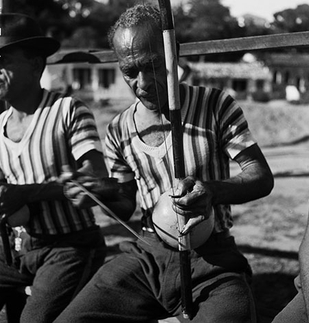
Vicente Ferreira Pastinha, known as Mestre Pastinha, was a mestre of the Afro-Brazilian martial art capoeira and a codifier of the traditional capoeira Angola style.
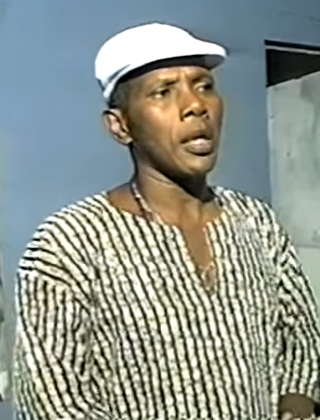
Pedro Moraes Trindade, commonly known as Mestre Moraes, is a master of capoeira.

Capoeira music is the traditional musical accompaniment used in Afro-Brazilian art capoeira, featuring instruments like berimbau, pandeiro, atabaque, agogô, and reco-reco. The music plays a crucial role in capoeira roda, setting the style the energy of a game.
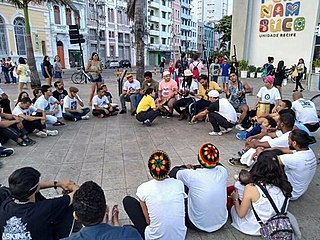
Capoeira de Angola or simply angola is the traditional style of capoeira, the Afro-Brazilian martial art. A newer style, based on the reform of capoeira Angola, is called regional.
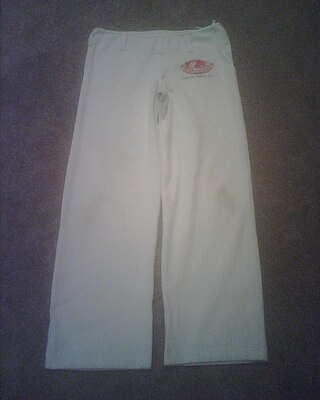
Abadá can refer to various items of clothing: a white tunic worn for prayer by African Muslims, the uniform of port workers in Brazil, the pants worn by capoeiristas, or a shirt sold at a carnival or theatrical production to promote the event.
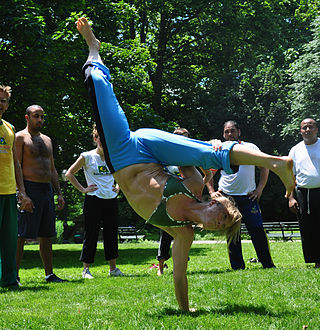
The Brazilian martial art of capoeira, noted for its acrobatic movements and kicks, has often been featured in and influenced popular culture.
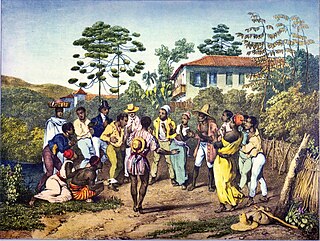
Batuque (drumming) was a general term for various Afro-Brazilian practices in the 19th century, including music, dance, combat game and religion.
Capoeira Regional is a style of capoeira created by Bimba's reform of traditional capoeira in the 1930s. Capoeira regional is presented as a Brazilian product and as a legitimate and effective martial art.
The Associação Brasileira de Apoio e Desenvolvimento da Arte-Capoeira (ABADÁ-Capoeira), in English translated as "The Brazilian Association for the Support and Development of the Art of Capoeira", is a nonprofit organization whose purpose is to spread and support Brazilian culture through the practice of capoeira. Founded in 1988 by Mestre Camisa, José Tadeu Carneiro Cardoso, ABADÁ is based in Rio de Janeiro, Brazil. It is one of the largest capoeira organizations in the world with over 41,000 members representing schools throughout every state of Brazil as well as 30 different countries. ABADÁ is distinguished from other capoeira organizations by its worldwide growth as well as its style, standards, and philosophy.

José Tadeu Carneiro Cardoso, also known as Mestre Camisa, is a Capoeira master, most known for creating the organization ABADÁ-Capoeira. ABADÁ-Capoeira was founded in 1988, and ever since, Camisa has been at the head of many important philanthropy and martial arts movements all over the world.

Capoeira: The History of an Afro-Brazilian Martial Art is a book by Matthias Röhrig Assunção published by Routledge in 2005. The book is known for its insight into the far-reaching history of the Brazilian martial art known as Capoeira, and its complex cultural significance to Brazilian identity. It provides a series of in-depth debates on Capoeira, including what it actually is, where its true origins lie, and what it exemplifies. Additionally, it describes the evolution of Capoeira from its roots as it spread to different regions of Brazil in the 19th and 20th Centuries, and the rest of the world in the 21st Century, accepting a multitude of beliefs into a single divers culture. Throughout the book, Capoeira is also seen as a mechanism for racial desegregation.

Agenor Moreira Sampaio, most commonly known as Mestre Sinhozinho, was a mestre or master practitioner of the Afro-Brazilian martial art of capoeira. He was the main exponent of the fighting-oriented style known as capoeira carioca.
The history of capoeira explores the origins and development of capoeira, the Brazilian martial art, that combines elements of dance, acrobatics, and music.
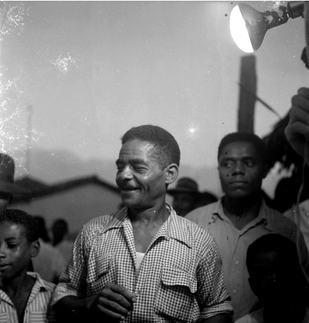
Waldemar Rodrigues da Paixão, known as Mestre Waldemar, was a Brazilian capoeira mestre and musician from the state of Bahia. He is considered one of the most artistic and skillful capoeira Angola players of his time.

Rasteira is a foot sweep technique in capoeira, which usually counters high kicks. It is one of the fundamental techniques in traditional capoeira.

Queixada is a crescent kick in capoeira, like the inverse of a meia lua de frente.
References
- ↑ Assunção 2005, p. 203.
- ↑ Saarinen, Tamara (October 2023). "Game of Freedom: Mestre Bimba and the Art of Capoeira". School Library Journal . 69 (10): 89 – via EBSCOHost.